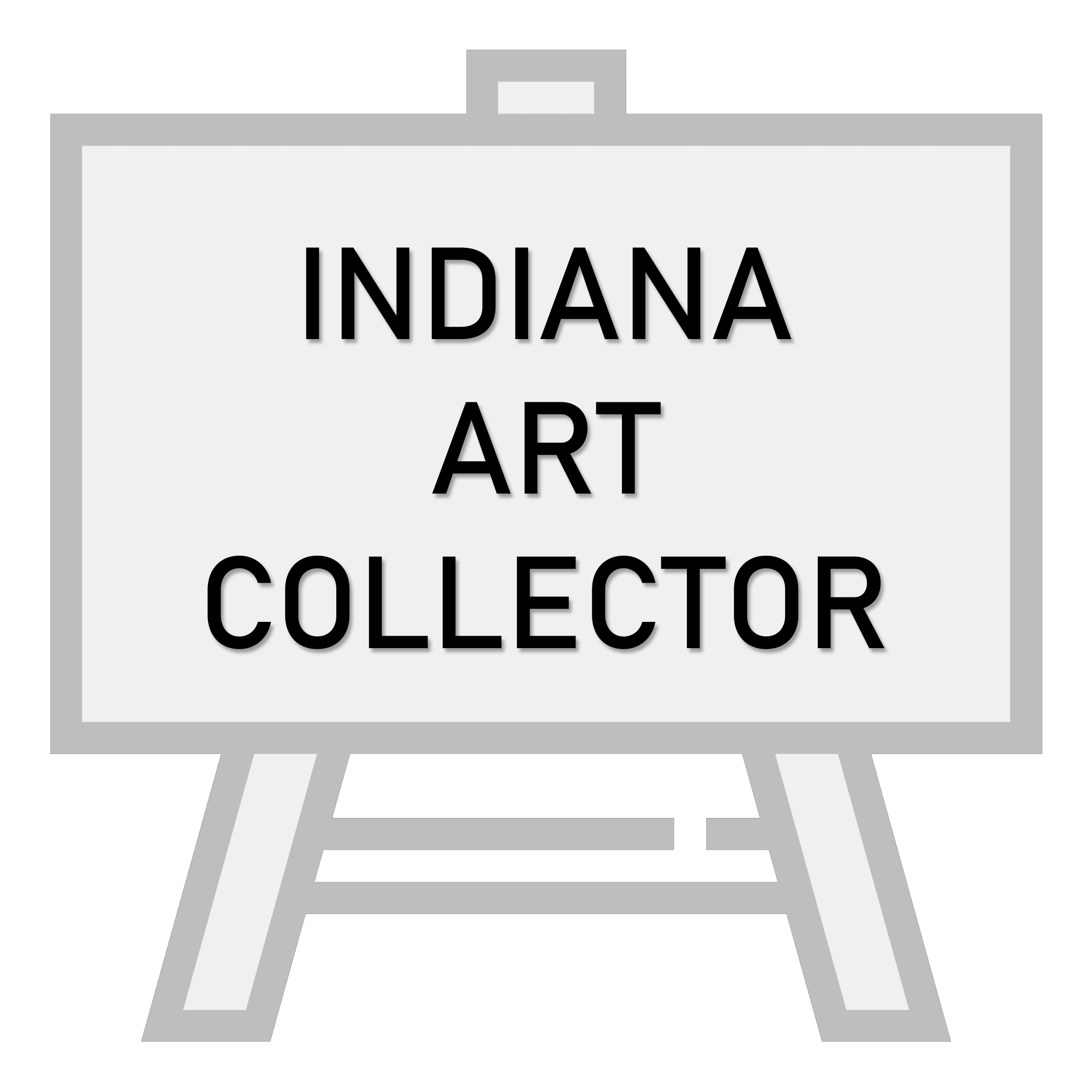Jacob Cox was born in Burlington, New Jersey, the first of ten children born to a Quaker couple. His parents died in separate ferry accidents in Delaware; his mother when he was eight and his father two years later. He was raised primarily by his grandfather and an aunt in Washington, Pennsylvania. Cox was already interested in art at an early age and did charcoal sketches on whatever available canvas he could find. These were usually wooden boxes, but occasionally he used the fence or barn at his grandfather’s farm. Punishments for these latter transgressions possibly discouraged him from seeking a career in art from the beginning, because at the age of sixteen he was apprenticed to a tinsmith. In 1830 he set out with his younger brother Charles to establish a tinsmith shop in Pittsburgh. There Jacob Cox met and courted Nancy Baird. Not long after they married in 1832, Jacob and Charles set off on foot for Indianapolis, having decided to move their business there. Nancy arrived about a week after they did on a “conveyance”, according to historian J.P. Dunn. She brought a supply of tinware and hardware with which the brothers set up a shop on the south side of Washington Street.
Many of these artists were either native to Indiana or lived, worked, and studied around the Midwest in the early 20th century, specifically in Indiana locales such as Indianapolis, Brown County, Muncie, Nashville, Portland, Richmond, South Bend, and southern Indiana.
Several artists studied or were integral figures at Indiana institutes such as the Fort Wayne Art School, Muncie Art School, Indiana School of Art, and the Richmond School. Others were associated with entities such as the Brown County Art Colony, Hoosier Group, Hoosier Salon, and the Richmond Art Museum. The artwork we are seeking includes impressionist, landscape, oil, still life, and watercolor paintings from these Indiana artists.
Brown County Art Colony
The Brown County Art Colony was formed in the early 1900s by artists who were attracted by the undisturbed picturesque landscape known as Peaceful Valley. T.C. Steele was the first to become a resident of the county when he purchased 200 acres near Belmont. Adolph Shulz is considered to be the founder of the Brown County Art Colony. He began visiting Brown County in 1908 and in 1917 became a permanent resident. Both Adolph Shulz and T.C. Steele influenced other artists and many began building cabins and moving to the area.
Will Vawter and Gustave Baumann were among the first to make Brown County their home. Other artists such as Charles Dahlgreen, Lucie Hartrath, and L.O. Griffith came from Chicago and by the early 1930s there were at least eighteen artists with permanent homes in Brown County.
Artists such as C. Curry Bohm, Edward K. Williams, Ada Walter Shulz, Carl Graf, V.J. Cariani, Gustav Baumann, Will Vawter, Dale Bessire, Georges LaChance, Marie Goth, Leota Loop, Adam Emory Albright, Olive Rush, and Alexis Fournier flourished and created the Brown County Art Colony nearly 100 years ago.
Sources:
- Letsinger-Miller, Lyn. The Artists of Brown County. Bloomington and Indianapolis: Indiana University Press, 1994.
- Nesbit, M. Joanne, ed., Barbara Judd, comp. Those Brown County Artists: The Ones Who Came the Ones Who Stayed the Ones Who Moved On. Nashville: Nana’s Book, 1993.
Sell Us Your Indiana Art
If you are interested in selling us your Indiana art, please contact us online, give us a call or SMS at 812-327-0401.
